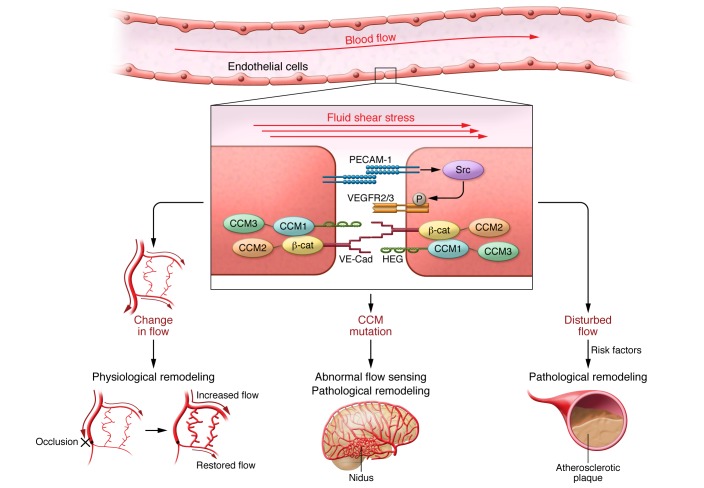Figure 1. Fluid shear stress sensing in physiological and pathological vascular remodeling.
FSS acts on mechanosensors including the junctional mechanosensory complex consisting of PECAM-1, VEGFRs, and VE-cadherin (VE-Cad), with the latter also linked to the CCM complex (CCM1, CCM2, and CCM3). Left: Changes in flow due to growth or exercise that result in sustained deviation from the set point result in changes in the activation state of flow-dependent pathways, which mediate physiological remodeling to restore normal shear stress levels. Center: Mutations in CCM genes results in abnormal flow sensing and pathological remodeling, with subsequent formation of abnormal, low-flow vessels. Right: Regions of disturbed flow, in the presence of systemic risk factors, result in pathological remodeling to form atherosclerotic plaque. β-cat, β-catenin; HEG, heart-of-glass.

